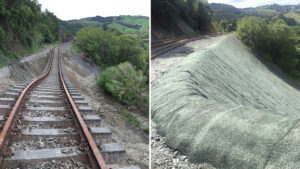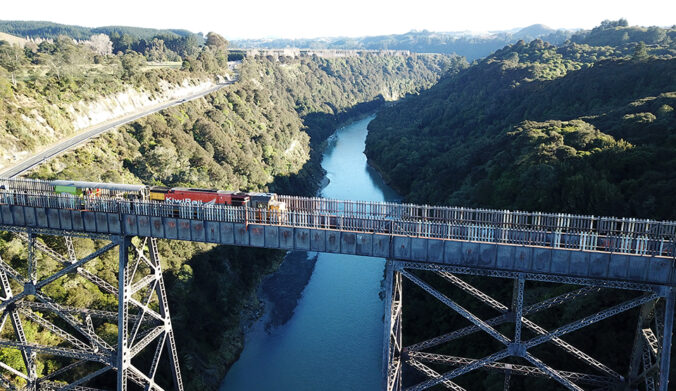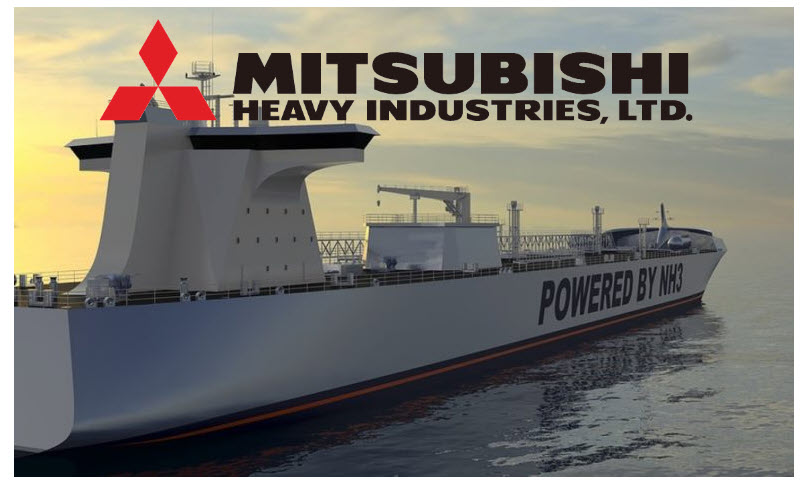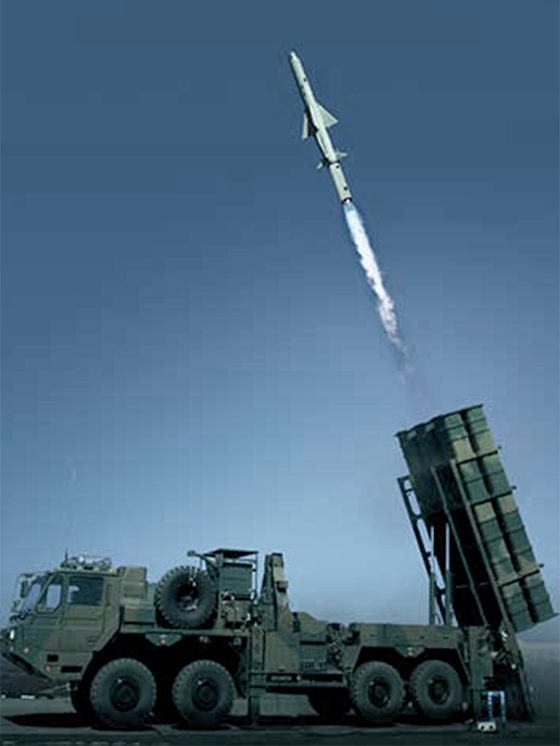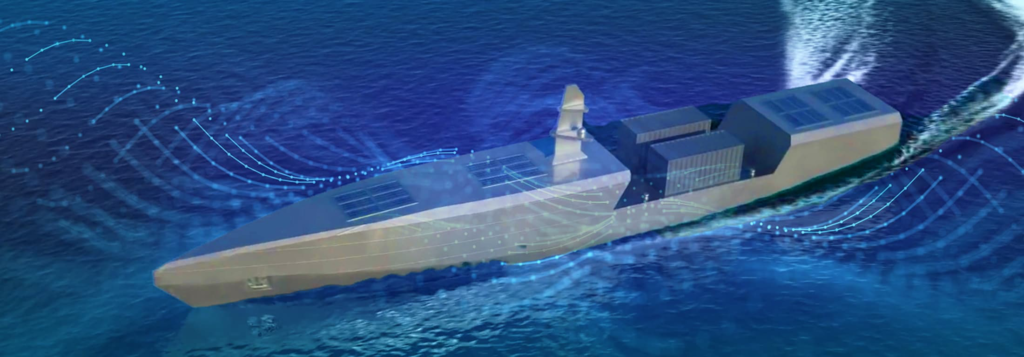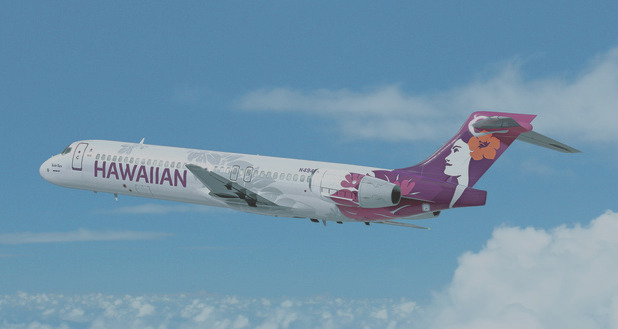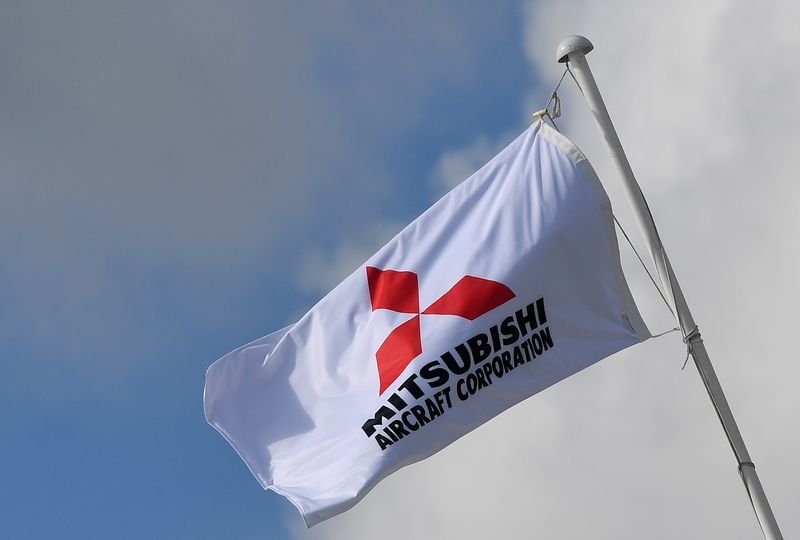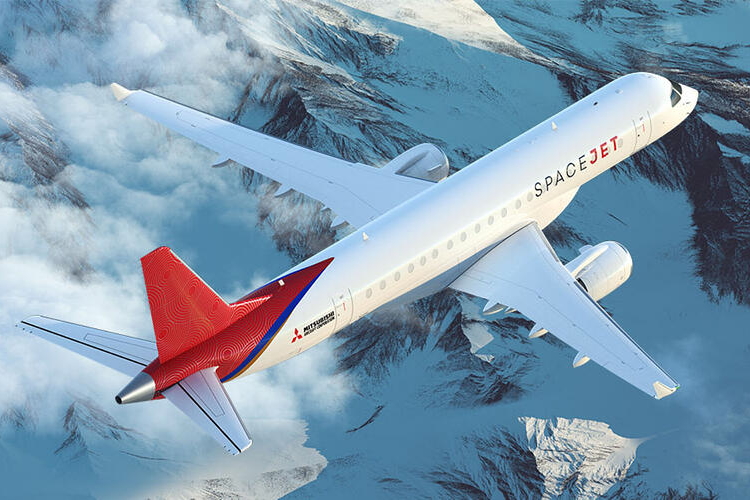The reopening of the rail line to Napier – allowing rail freight to once again get to Napier Port – is an important step for the Hawke’s Bay cyclone recovery, KiwiRail Chief Executive Peter Reidy says. Scheduled freight services resumed Monday, September 18, following a seven month pause after the rail line was badly damaged by Cyclone Gabrielle.
Cargo that is typically carried by rail includes chilled and frozen meat, wood products such as logs, pulp and timber, food products and imported machinery and consumables used in manufacturing. Following the cyclone in February, KiwiRail reopened the Palmerston North – Gisborne Line to Hastings at the start of April. Temporary Container Terminal sites were also set up in partnership with Napier Port, transport operators and cargo customers so that freight could be railed to Hastings, then trucked to Napier.
The section of line between Hastings and Napier, particularly around Awatoto, was badly damaged in the cyclone, with track and embankments washed away, and major damage to Bridge 217, which lost piers and spans in the floods. The work included rebuilding two-metre-high embankments, replacing 800 sleepers, 140 metres of rail, laying 3,000 cubic metres of formation (the rock foundation under the tracks) and 3,500 tonnes of ballast.
KiwiRail also railed steel casings to Hastings from Christchurch for replacement bridge piers on Bridge 217 – which have been driven 30 metres into the riverbed. The rebuild of Bridge 217 is temporary, in order to get rail freight moving as quickly as possible. A permanent new bridge will be designed and built over the next couple of years.
